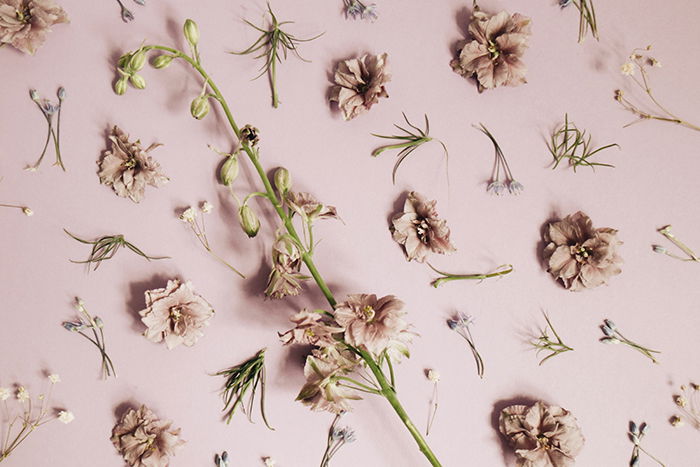

- #At home backdrops for photography how to#
- #At home backdrops for photography full#
- #At home backdrops for photography windows#
I cover the top half with pieces of diffusion fabric to cut out the light.
#At home backdrops for photography windows#
The bottom half of my windows are frosted which means they are already perfectly diffused. You can further soften this light by diffusing it with some white sheer curtains or voile or any fabric that can diffuse the light. Window light, albeit coming from an angle, can still be a bit harsh. It also lends itself to more artistic photos. You will be astonished at the difference a dark backdrop makes! It brings focus to the subject far more than a light backdrop can. #3 Paint your wall dark or use a dark backdrop If you don’t have such a corner, you can use a V-flat (two black pieces of mountboard taped together to form a V) positioned in the corner as shown in the diagram above. My personal preference is for having both light and shadows in my images so I can sculpt my subjects using directional light. You don’t want your subject awash with light as that would make for a rather flat lighting. In terms of artificial light, this is similar to controlling the amount of light hitting your subject either by the use of grids, a strip light or a snoot.
#At home backdrops for photography full#
The corner minimizes the light for you to be able to create a moodier image with only the front left of the face illuminated rather than full light flooding from the side. Having this little dark, unlit corner between your backdrop and the window gives you a 45-degree angle lighting setup which is one of my favorite set-ups. #2 It is ideal to have an L-shaped corner connecting your window light to your backdrop or wall If you position your subject so that the far side of the face is unlit, you could achieve lighting similar to the Rembrandt style or low-key portraits. This angle gives you a lighting that is more dramatic as it is only coming from one side. #1 Make sure your backdrop is at 90-degrees to the window Recently, I have moved things around so that I can use dramatic natural light if I want without the need for strobes, although I still have the flexibility to add strobes and artificial light if needed. In order to achieve a more versatile directional lighting and avoid flat lighting from the window, I use strobes at 45-degree angles to the backdrop to get the lighting setup that I like. This lends itself to flat lighting instead which isn’t what I wanted for my studio. However, this is not great for dramatic lighting with natural light flooding from the window, with the camera right in between the backdrop and the window. The reason for this was so that I could get a much wider area for shooting. It has a bay window at the front which juts out of the house and provides nice ample natural light.Īt first, I set up my backdrop on the opposite side of the window so it was facing the window directly. I decided to make the first reception room (the front room of the house) into my studio. My house has two reception rooms (living rooms) and a dining room and kitchen at the back. These houses have a typical 2-up 2-down rectangular layout, short side across and long side from front to back, with a narrow corridor that runs on one side of the house all the way to the back. I live in London in a narrow Victorian house.

Not that much at all! In this article, I will show you how I have set up my little home studio which I have recently revamped to make into a dedicated portrait studio. You may be surprised at just how much space is needed to start a portrait studio. If you have a spare room in your home or a basement, that is a good place to consider as a home studio.
#At home backdrops for photography how to#
But you can always start somewhere, so let’s look at some tips for how to setup a home studio. This thought can make one feel that having a studio is an impossible dream or is too of a big a step to take. It’s a worry to cover all these before you pay staff and yourself and still make enough profit to make a living.

There are so many overhead costs to consider such as rent, electricity, insurance and various other bills. Having a brick and mortar studio when you are a photographer is such a huge and daunting step.


 0 kommentar(er)
0 kommentar(er)
